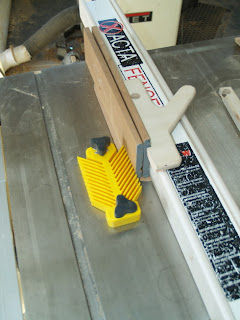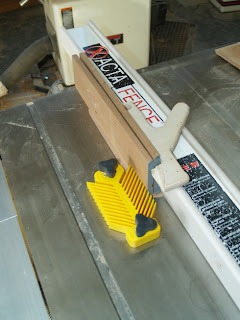I have been trying to clarify the difference between what has been called "integrated thematic instruction," and "project based learning," and I think that project based learning at its best is deeply rooted in doing real things, or solving real problems that have effect on the child's family, community, nation and planet.
When CSS founded our high school in 2001, the idea was to use Integrated Thematic Instruction. The idea was that you can take a theme (not a project necessarily) and use it to develop and express competence in math, history, science, and all the various disciplines that are normally treated as isolated within schools and delegated to different departments, teachers and classes as though they are separate, even though they are not. None of us at the time were adequately trained in how to teach or plan an integrated thematic unit of study and the challenge of measuring and crediting achievement in math, science or even history was near impossible given the lack of training in the use of the method.
This is an example of a unit of
integrated themed instruction can be found here.
But you can also see themed instruction happening most clearly in the lower grades at CSS.
At the high school we gradually moved back to more conventional teaching and isolated disciplines and grading because we had to attempt to fit what we offered students to standard college acceptance models... grades, classes that conformed to requirements, ACT preparation, etc.
But if we are looking at depth, rather than measured breadth of learning, and if we are focused on getting the students engaged as life-long learners, thematic instruction or project based learning is the way to go.
Here is a link to a page on the benefits of integrated thematic instruction.
It seems common for most independent schools, even progressive ones, to be much more like mainstream education when kids arrive at the upper grades due to the standards of college admission which require ACT, SAT, and grades. John Burroughs School, even though conceived as a progressive school does not really meet the progressive model at the high school level, and a friend of mine who went to a Waldorf School in California said that after 8th grade the character of the school changed completely turning much more like normal competitive grade based assessment and learning.
The difference between themed instruction, and project based learning is kind of a vague line. My own interpretation of the difference is that project based learning is aimed toward real accomplishments, solving real problems that impact family, community, nation and planet.
My own observation is that as students mature, particularly reaching 7th and 8th grades, they become less engaged in fantasy, and more difficult to successfully engage in things that are not real. That is why I think we need to come up with some great, noble, compelling notions to drive student interest. What are those notions? We may need to listen to them for guidance.
The following is what I wrote that was published as the opening words, chapter 1 of Matt Crawford's best selling book,
Shop Class as Soulcraft.In Schools we create artificial learning environments for our children that they know to be contrived and undeserving of their full attention and engagement… Without the opportunity to learn through the hands, the world remains abstract, and distant, and the passions for learning will not be engaged. --Wisdom of the Hands blog post of October 16, 2006 (I think for a craftsman, I nailed it.)
I have also been interested in finding the right balance between technology, and technological resources (including books) and hands on learning. The difference in German is that of Wissenschaft (second hand learning) and Kenntnis (direct experiential learning) Neither form of learning is enough by itself.
The following quote is from the article on Integrated Thematic instruction:
"Use of networked technologies can enhance learning when students focus on solving authentic problems and address issues adults face in real-world settings (Cognition and Technology Group at Vanderbilt, 1997)."
I think the preceeding statement is key. Khan Academy or any other form of technology including textbooks can be useful if we first set meaningful and engaging challenges to capture the interests of each child.
Effective learning requires authenticity.
Make, fix and create...






















